Study, work or travel in the UK. British
culture and life.


Visit the Keukenhof gardens and nearby flower-related
attractions
|
|
Study, work or travel in the UK. British
culture and life.
|
|
||
|
|
|
|
||
 |
||||
|
|
||||
 |
||||
|
Visit the Keukenhof gardens and nearby flower-related
attractions
|
||||
|
Sections:
|
Introduction | |
| Keukenhof - gardens | ||
| Museum de Zwarte Tulp (Lisse) - tulip museum | ||
| Hortus Botanicus (Leiden) - botanical garden | ||
| Flower Parade | ||
| Further information | ||
| Links |
|
INTRODUCTION
|
|
KEUKENHOF
|
 Costumed staff welcome visitors (15th century Dutch uniform) |
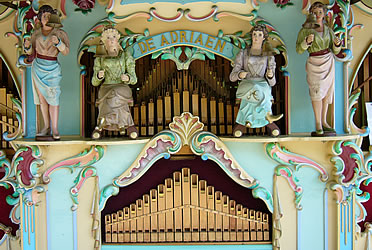 A barrel organ is played near the main entrance |
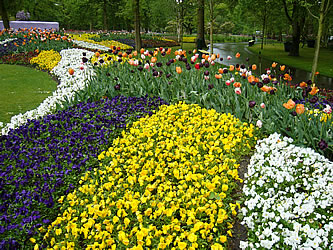 Flower beds are planted with flowers of many colours |
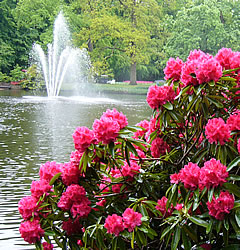 Rhodadendron in bloom |
 Red tulips |
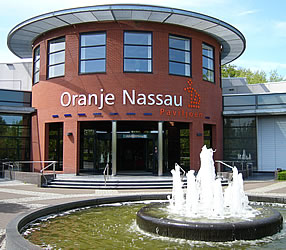 Entrance to one of the pavilions |
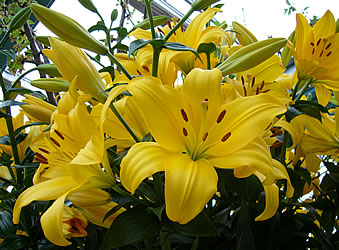 A display of lilies |
 Fountain |
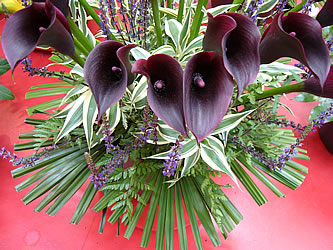 |
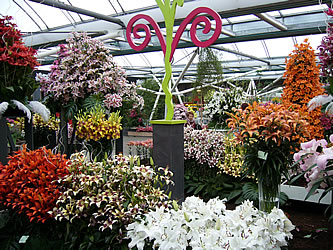 |
 |
 |
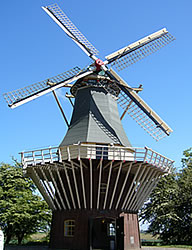 You can visit this windmill ... |
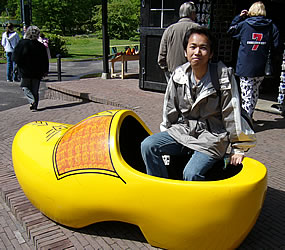 ... or rest your feet in these giant clogs |
 Topiary |
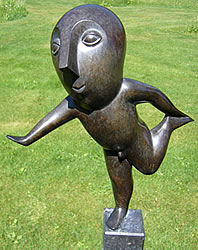 There are many Dutch statues in the gardens |
 |
 |
 |
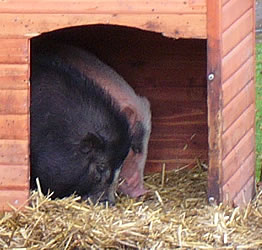 |
 |
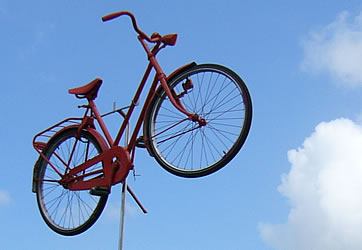 Bicycles can be hired to explore the neighbouring area |
 View of the neighbouring flower fields while in full bloom (note that flowers are cut off soon after they bloom) |
 You can take a 1-hour boat tour around the flower fields (starting near the windmill) |
|
MUSEUM DE ZWARTE TULP (Lisse)
|
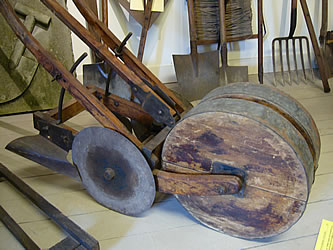 Old machinery used for bulb planting in the Netherlands |
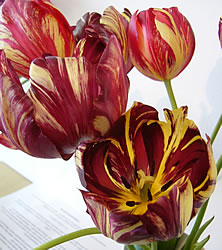 "Rembrandt" tulips: the attractive markings on this type were caused by a viral disease |
|
HORTUS BOTANICUS (Leiden)
|
|
Tulip Mania
|
| In the early 17th century tulips became a status symbol for the wealthy and the prices of the more unusual types rose sharply. A speculative bubble was created as people tried to become rich by investing in tulip bulbs. "Tulip mania" lasted from 1620 to 1637, when a bulb could cost as much as a house. Soon afterwards the prices collapsed and many people lost fortunes. |
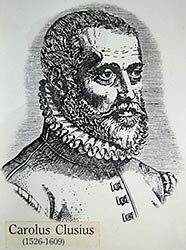 Carolus Clusius (1526-1609): early breeder of Dutch tulips |
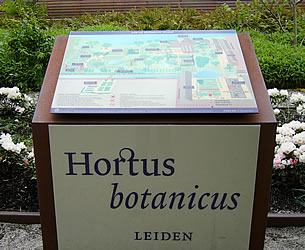 Hortus Botanicus: horticultural garden in the university town of Leiden |
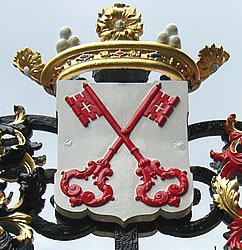 Crossed keys: the symbol of Leiden |
|
FLOWER PARADE
|
|
FURTHER INFORMATION
|
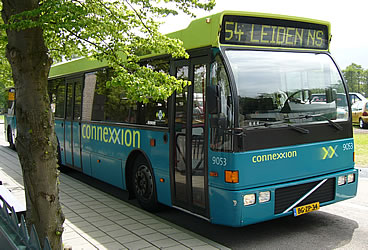 The Keukenhof Express (bus 54) |
|
|
|